5 Simple Strength Moves That Make You Feel Decades Younger After 40
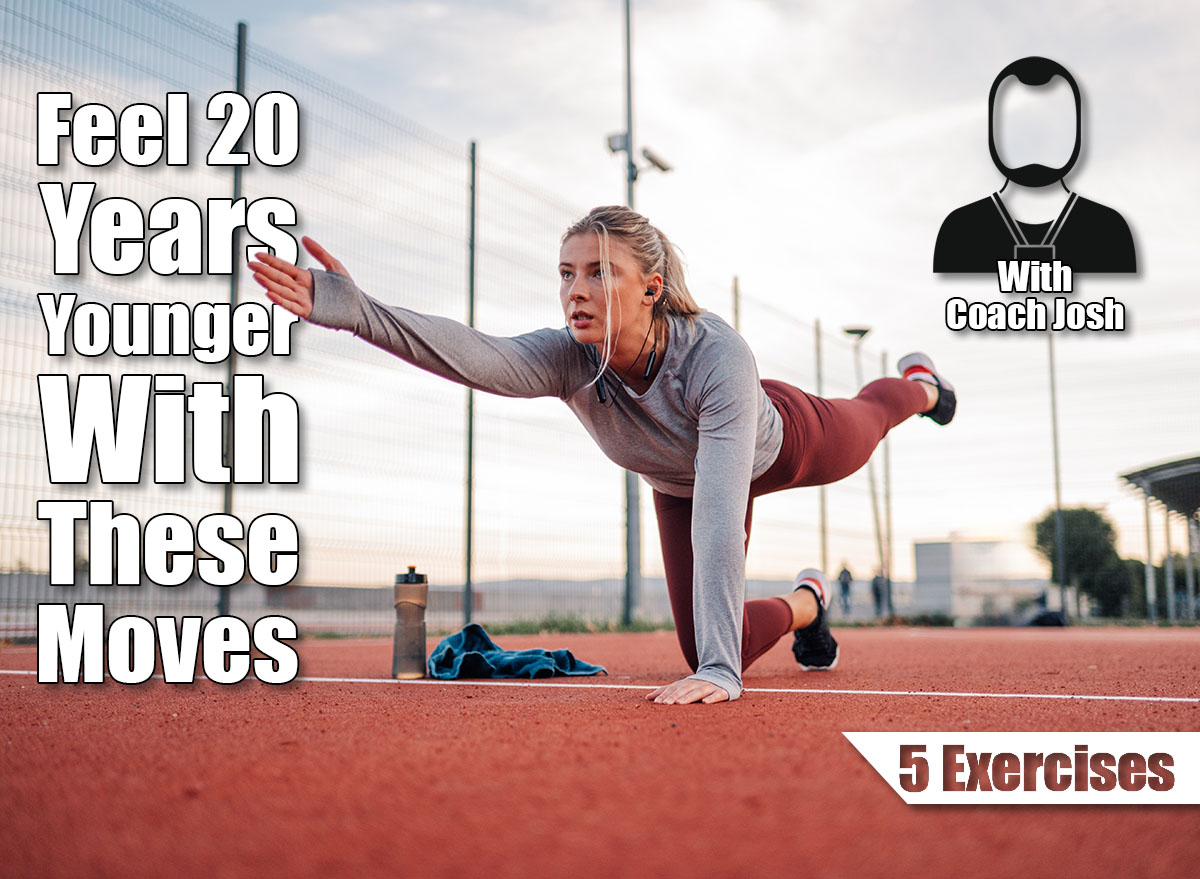
Remember when you could bound up a flight of stairs without thinking twice, or spend a weekend doing yard work without paying for it all week? If those days feel like a distant memory, you’re not alone. Many people over 40 start noticing their bodies don’t move quite like they used to—joints feel stiffer, energy dips more often, and that recovery time after any physical activity seems to stretch longer and longer.
The good news is that you don’t have to accept feeling “older” as inevitable. These five simple strength moves can help you reclaim that youthful energy and movement you remember.
Why Strength Training Works Better Than Everything Else After 40

Aging after 40 goes beyond the physical signs of aging – it’s about how your body functions. As you age, you start to lose muscle mass, your metabolism slows, your joints feel stiffer, and recovery takes longer. All of these components make you “feel older,” as they can cause back pain, dips in energy, and difficulty with functional movements.
Strength training is the key to addressing these issues. Unlike cardio alone, it doesn’t just burn calories – it builds and preserves muscle, improves joint stability, and enhances posture and balance. When you train properly, you truly feel younger.
What Happens Inside Your Body After 40

After 40, your body starts producing less testosterone and estrogen, meaning your muscles break down faster and take longer to build. Strength training is one of the few things that naturally spikes growth hormones and boosts insulin sensitivity. This means you have more energy, better mobility, and improved mood. The feeling of strength, mental sharpness, and confidence all contribute to “feeling younger.”
The 5 Strength Moves That Turn Back Time
Bodyweight Squats
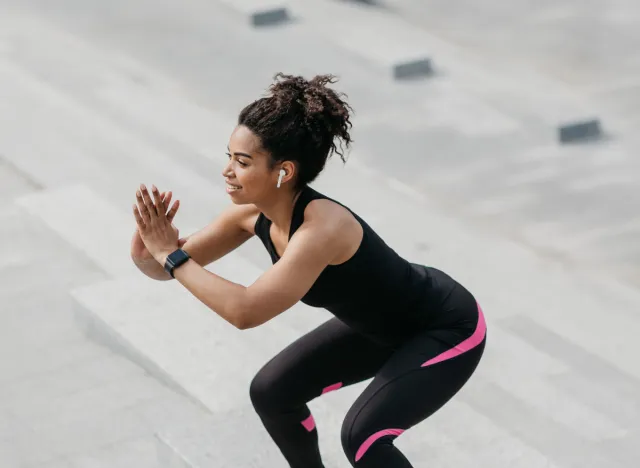
Standing with your feet shoulder-width apart, chest up and core tight, lower your hips like you’re sitting back into a chair. Go as low as your flexibility allows while not allowing your knees to pass your toes. Then push through your heels to stand.
For beginners, start with 2 sets of 10, and for advanced individuals, start with 3 sets of 15. This exercise targets leg strength, hip mobility, balance, and joint support at the knees and ankles. There is no equipment needed for this exercise. For adaptations, use a wall for support, and add dumbbells for an additional challenge.
Bent-Over Rows
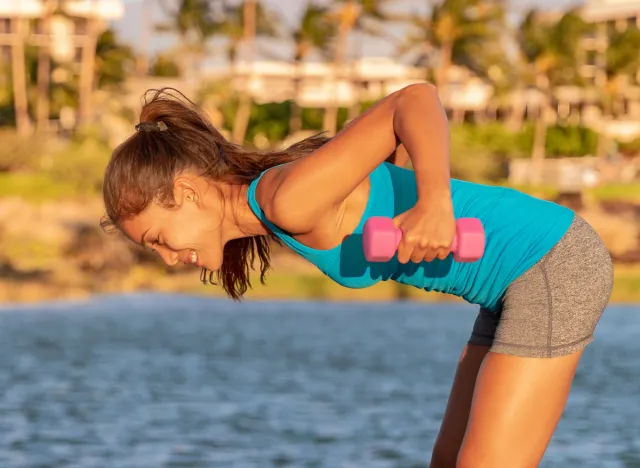
With one dumbbell in each hand, hinge at the hips, keeping your back flat and core engaged. Pull your elbows back towards your body, squeezing your shoulder blades together. Slowly and with control, lower them back outwards.
For beginners, start with 2 sets of 10. For advanced individuals, start with 3 sets of 15. This exercise targets posture, upper back strength, and shoulder stability. The only equipment you will need are dumbbells or resistance bands, and for a budget friendly adaptation you can use water bottles. For exercise adaptations, use lighter resistance or do seated rows with bands for joint issues.
Glute Bridges
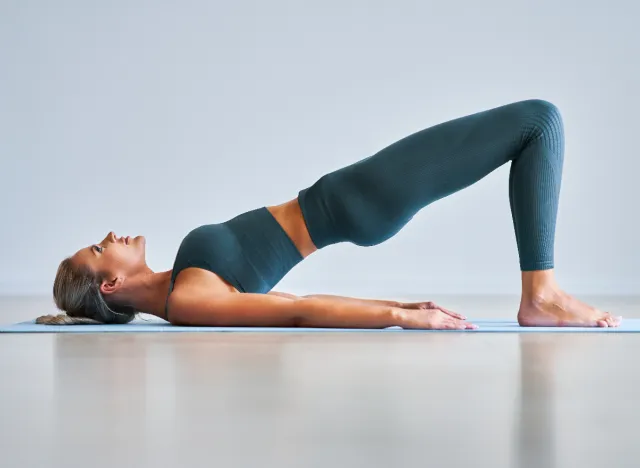
Lying on your back with your knees bent and feet flat on the floor, press through your heels to lift your hips up until your body forms a straight line from your shoulders to knees. Squeeze your glutes at the top, then slowly lower your body.
For beginners, start with 2 sets of 10. For advanced individuals, start with 3 sets of 15. This exercise targets hip stability, lower back health, and core strength. There is no equipment needed for this exercise. For adaptations, add a resistance band around your thighs for more of a challenge, or support your head with a pillow.
Standing Resistance Band Chest Presses
Anchoring a resistance band at chest height behind you, hold the band handles in each hand with your elbows bent at 90 degrees. Step forward with one foot, engaging your core. Press your hands straight forward, extending your arms, then slowly return to the original stance.
For beginners, start with 2 sets of 10. For advanced individuals, start with 3 sets of 15. This exercise targets your chest, shoulders, arms, and core, helping with posture and upper body mobility. In terms of equipment, you’ll need a resistance band. For adaptations, you can adjust the band’s resistance or perform this movement seated.
Bird Dogs
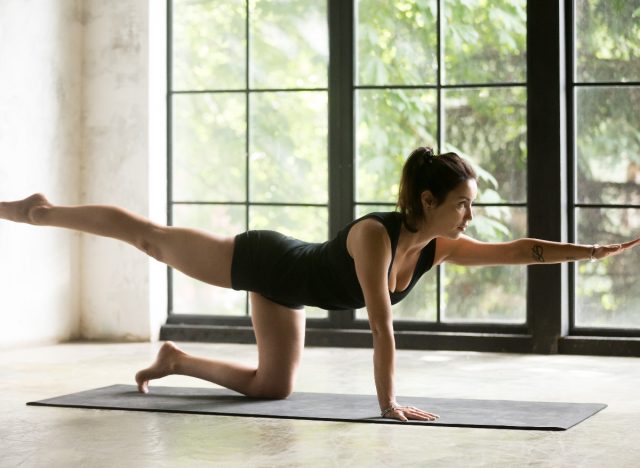
Starting on your hands and knees, keep your spine neutral and core engaged. Extend your right arm and left leg at the same time, keeping your hips square. Return to the start and repeat the movement on the opposite sides.
For beginners, start with 2 sets of 6 reps per side. For advanced individuals, start with 3 sets of 10 per side, adding more of a pause at extension to increase difficulty. This exercise targets your core, lower back, balance and coordination. You need no equipment for this exercise. For adaptations, you can keep your toes on the floor for added balance support, or place a cushion under your knees for comfort.
How to Work These Into Your Week
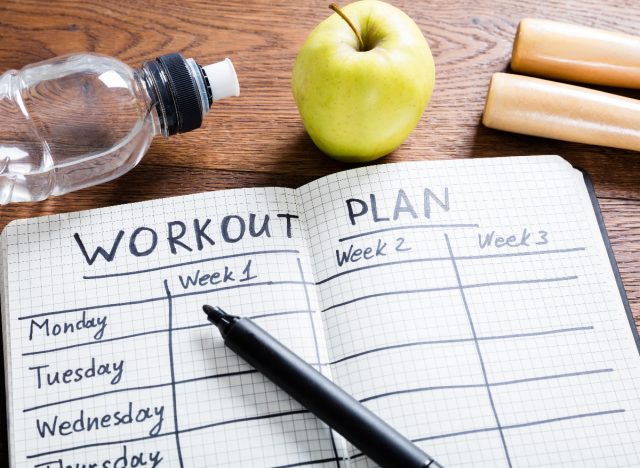
Consistency will always beat intensity – start out with a circuit workout three times per week, every other day. Focus on form, not speed or challenge. Once that becomes easy, you can increase reps, sets, or resistance. On your days off, add in walking and aim for 10,000 steps per day for a cardio boost.
The Secret Ingredients That Make Everything Work Better
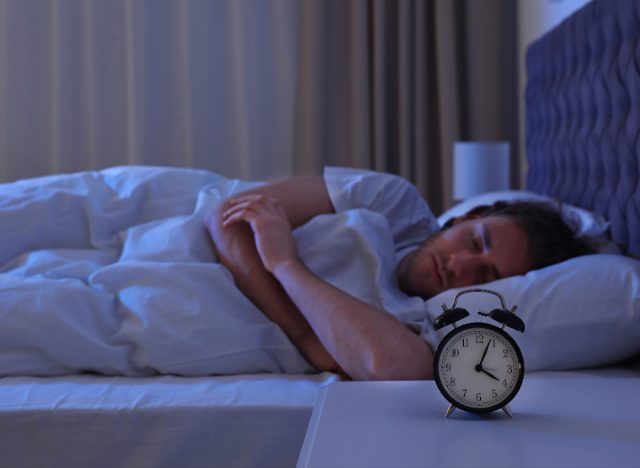
Lifestyle factors are extremely important in maintaining strength. You need to aim for 7-9 hours of sleep every night, ensure you are drinking plenty of water, and fuel your body with lean protein, healthy fats, and whole foods. Stress management is also crucial, as higher cortisol levels can make it harder to lose weight and build strength, no matter how hard you train.
When You’ll Start Feeling Like Your Younger Self Again
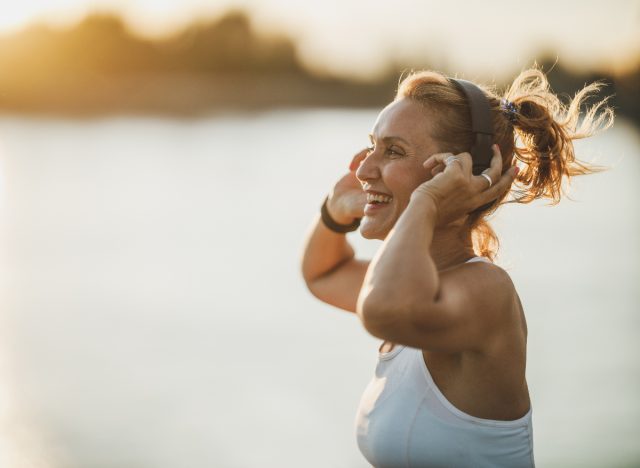
With consistent exercise and proper lifestyle changes, many people can expect to see results in 4-6 weeks. They’ll also feel more energized, see improved posture, feel less joint pain, and sleep better.